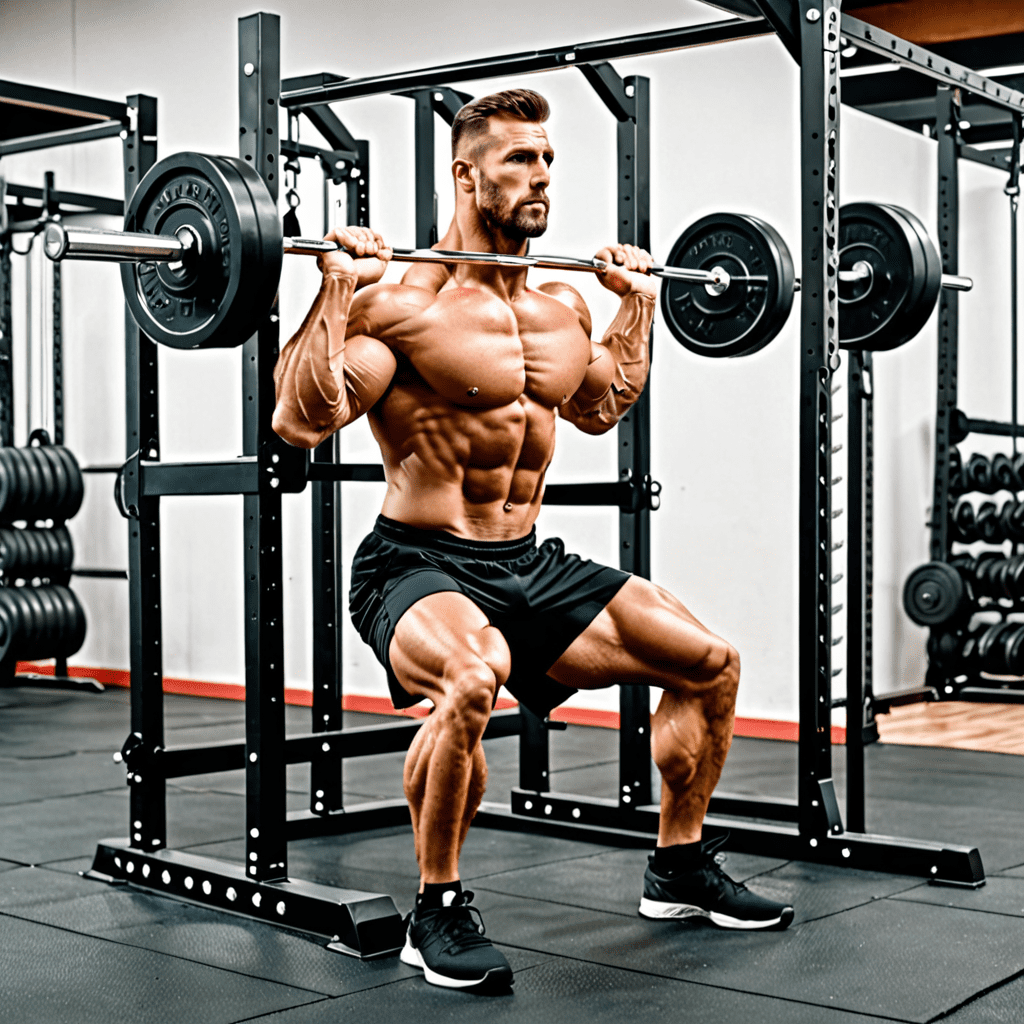
Meditation for Better Posture and Body Alignment
1. Introduction
Good posture is essential for maintaining physical and mental well-being. It reduces pain, improves flexibility, enhances balance, boosts mood, and increases self-awareness. However, achieving and maintaining good posture can be challenging due to various factors, including prolonged sitting, stress, and lack of awareness. Meditation offers a powerful tool to address these challenges and improve posture by cultivating body awareness, reducing tension, and promoting relaxation.
2. How Meditation Can Help Posture
Meditation cultivates an embodied awareness that allows us to perceive subtle sensations within our bodies. This heightened awareness enables us to identify areas of tension, muscle imbalances, and postural misalignments that we may not otherwise notice. By bringing conscious attention to these areas, we can begin to gently adjust our posture towards a more optimal alignment.
3. Key Principles of Meditation for Posture
Mindful breathing is a cornerstone of meditation for posture improvement. By focusing on our breath, we anchor our attention in the present moment, allowing us to observe our body and its sensations without judgment. This mindful observation helps us identify areas of tension and misalignment.
Body scanning meditation is a technique specifically designed to enhance body awareness. By systematically directing our attention to different parts of our body, we become more aware of sensations, tension, and misalignments. This awareness allows us to consciously adjust our posture and release unnecessary tension.
6. Overcoming Challenges
Several common challenges can arise when practicing meditation for posture improvement. These include:
- Finding Time: Integrating meditation into a busy schedule can be challenging. Start with short sessions, even just 5 minutes, and gradually increase the duration as you become more comfortable.
- Maintaining Focus: The mind naturally wanders during meditation. Gently bring your attention back to your breath or body sensations whenever you notice your mind drifting.
- Finding a Comfortable Position: It's essential to find a comfortable position that allows you to maintain proper posture while meditating. If sitting on the floor feels challenging, use a chair or cushion for support.
Remember, patience and consistency are key. Regularly practicing meditation for posture improvement will gradually lead to lasting positive changes.
7. Additional Resources
- Articles:
- "Meditation for Posture: How to Improve Your Posture with Mindfulness" by Mindworks
- "Posture Meditation: How to Improve Your Posture Through Meditation" by Yoga International
- Videos:
- "Meditation for Better Posture" by Yoga with Adriene
- "Posture Meditation: Improve Your Posture and Reduce Back Pain" by The Mindfulness Meditation Institute
- Apps:
- Insight Timer
- Headspace
- Calm
8. Conclusion
Meditation offers a powerful tool for improving posture and overall well-being. By cultivating body awareness, reducing tension, and promoting relaxation, meditation empowers us to consciously adjust our posture towards a more optimal alignment. This leads to a range of physical and mental benefits, including reduced pain, increased flexibility, improved balance, and enhanced mood. With consistent practice and patience, meditation can guide us towards a more balanced and empowered state of being, both physically and mentally.
9. Frequently Asked Questions (FAQs)
What are the best meditation techniques for posture improvement?
Mindful breathing and body scanning meditation are particularly effective for posture improvement. These techniques cultivate awareness of the body and its subtle sensations, enabling us to identify and adjust postural imbalances.
How often should I meditate for posture improvement?
Start with short meditation sessions, even just 5 minutes, and gradually increase the duration as you become more comfortable. Aim to meditate for at least 10-15 minutes daily for optimal results.
Can meditation help with chronic pain caused by poor posture?
Yes, meditation can be a valuable tool for managing chronic pain caused by poor posture. By reducing tension and promoting relaxation, meditation can help alleviate pain and improve overall mobility.
Can meditation help with anxiety and stress that contribute to poor posture?
Absolutely. Meditation is a powerful tool for managing anxiety and stress, both of which can contribute to poor posture. By cultivating inner peace and reducing mental tension, meditation can help improve posture and promote overall well-being.
Where can I find more information and guidance on meditation for posture improvement?
Numerous resources are available to support your journey. Websites like Mindworks and Yoga International offer informative articles and videos on the topic. Apps like Insight Timer, Headspace, and Calm provide guided meditations specifically designed for posture improvement. Additionally, consider attending workshops or classes led by experienced meditation teachers who can provide personalized guidance and support.

